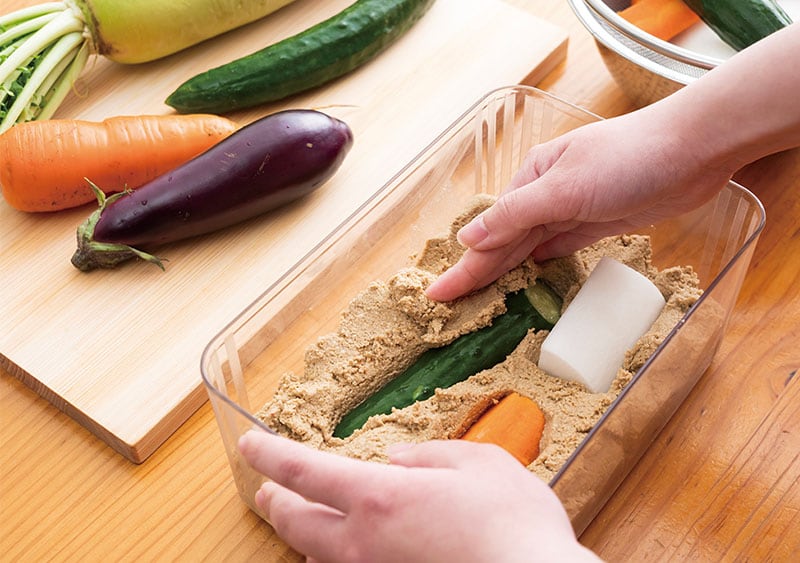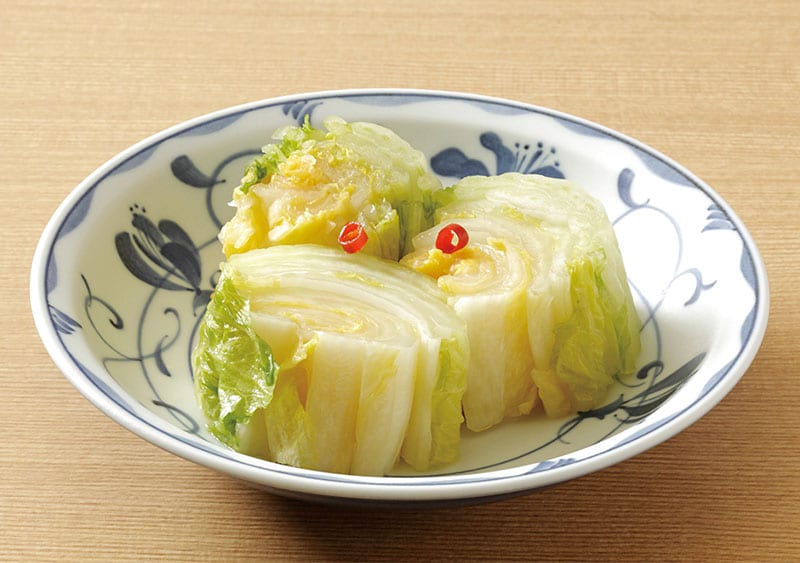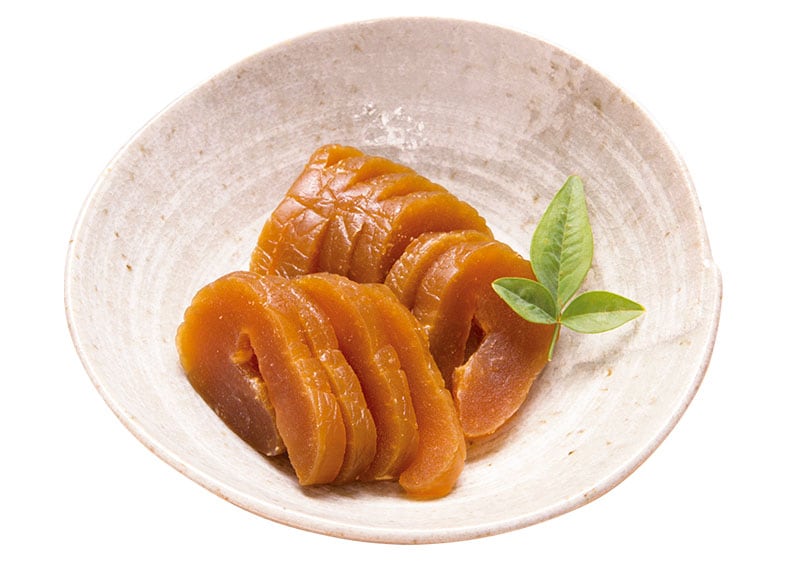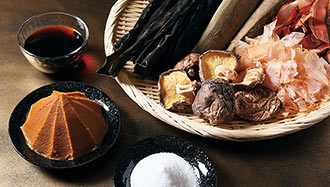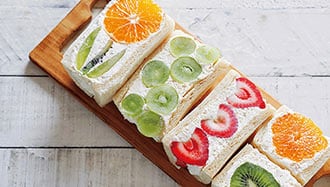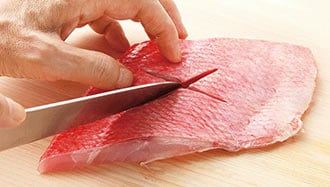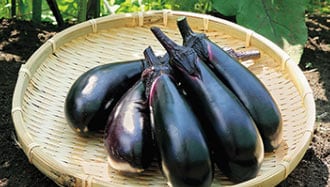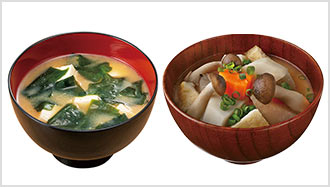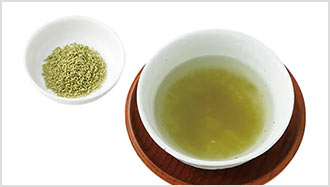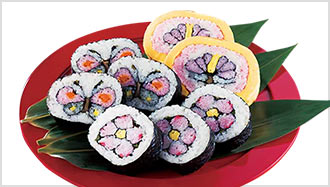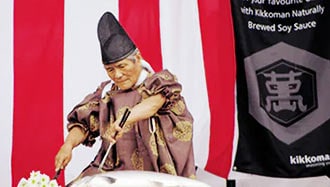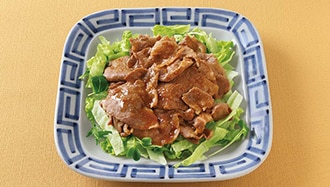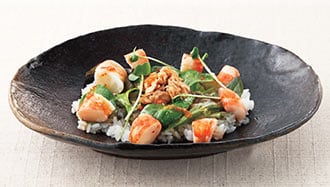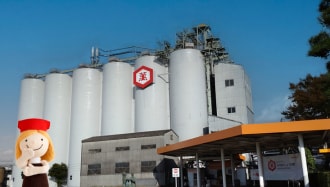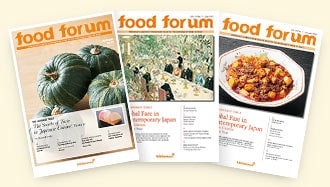Our focus on tsukemono pickled vegetables takes a look at shiozuke salted pickles.
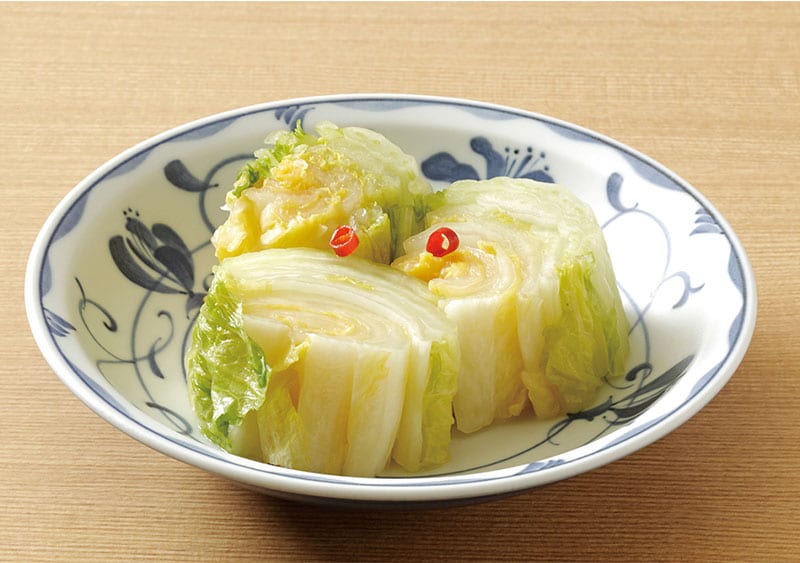

Japan’s oldest pickling method is called shiozuke: simply, shio refers to salt, and zuke means pickle. Shiozuke vegetables and methods vary depending on region, but coarse, mineral-rich sea salt is commonly used.
Hakusai-Zuke Pickled Napa Cabbage
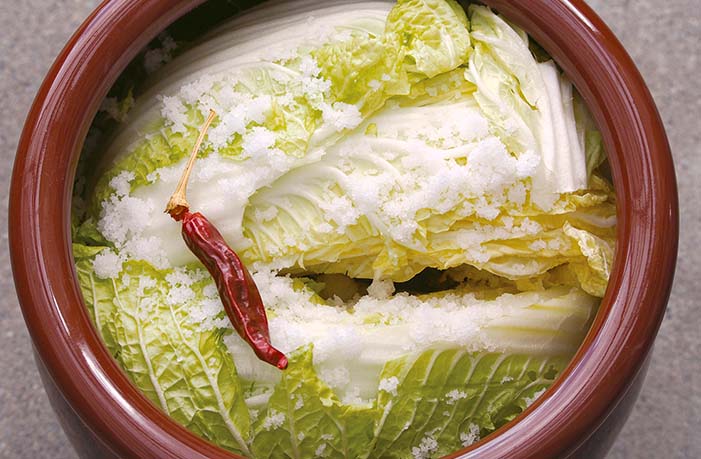
Napa cabbage (hakusai) is harvested from late fall to early winter. Fresh napa contains a lot of water: to draw off this moisture, use 2 percent to 4 percent salt per cabbage weight when pickling. Cross-cut at base and divide the cabbage into four large pieces. Set these in the sun for a half-day to reduce water content and bring out natural sweetness. Layer salt on the bottom of a container and arrange alternating layers of napa with salt. Add kombu and red chili pepper and seal with a lid. Place a weight twice that of the cabbage on the lid to press down, and set aside the container in a cool dark place. After a day or two, as water rises above the lid, reduce the lid weight by half. Hakusai-zuke is ready to eat after two or three days and can be stored in the refrigerator for about a week.
Umeboshi Pickled Plums

Umeboshi are made with ripened Japanese ume plums (actually a variety of apricot), harvested from mid-June to early July. Pickle the plums with salt in a container covered with a weighted lid and store in a cool dark place for two to four weeks. Remove the plums and place in a colander to dry under the sun for two to three days. Store the dried plums in a fresh airtight container in a cool place or refrigerator for several months. Known for their intense acidity and saltiness, for centuries umeboshi have been considered a superfood that counters fatigue and contributes to well-being, thanks to the high citric acid content. They are also valued as a long-lasting emergency food. Healthier low-sodium varieties are now popularly available.

